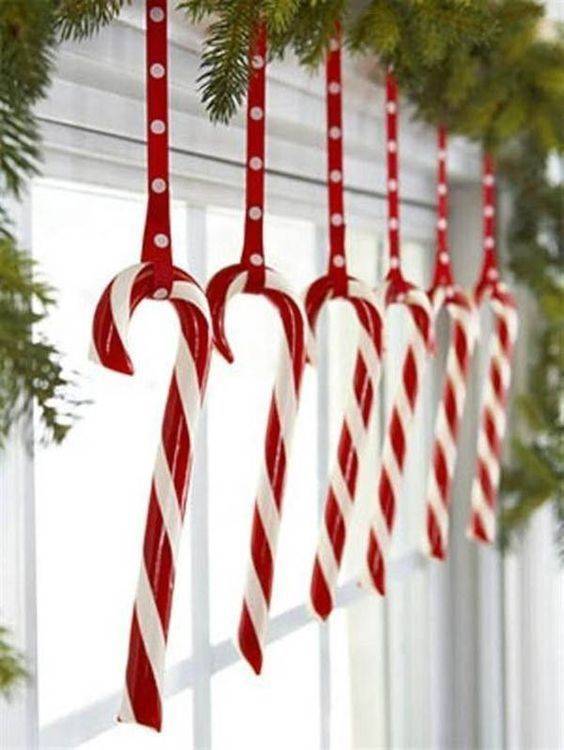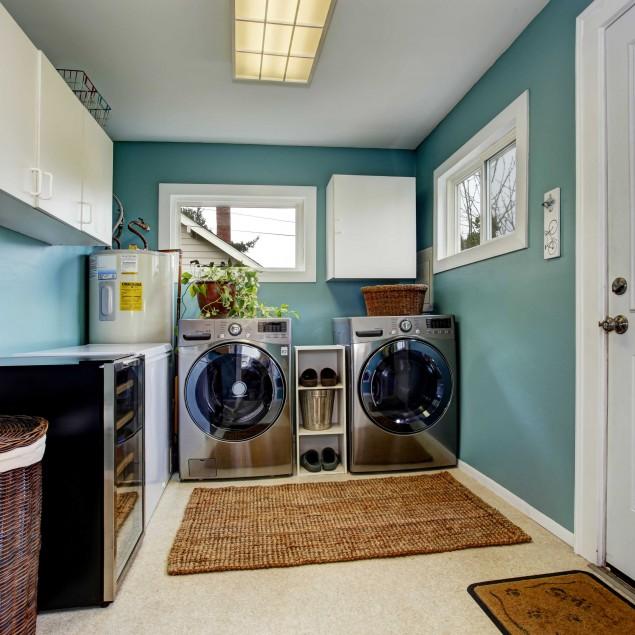It’s not something you run into while walking around your home. But it is one thing that you will pay urgent attention to when it is no longer working as it should, especially during the winter. We’re talking about your furnace. It keeps your home cozy and warm. Here are a few things you probably didn’t know about your home’s heating system.
1. Your Furnace is Subject to Government Regulations
The federal and local government regulates furnace installation and maintenance. The regulations are primarily meant to ensure safety and to reduce the risk of fire. For this reason, always get a trained professional to fit your furnace instead of attempting to do it yourself.
DIY installation of a furnace system not only risks breaking applicable regulations but could also void equipment warranties. It could also increase the risk of serious safety problems in the future. Work with a professional contractor to ensure your furnace installation is legally compliant.
2. America’s Number One Home Heating Source
Furnaces are the most popular source of home heating in America. A furnace works by relaying conditioned air through the air ducts running through the building’s wall, floor, or ceiling. They are powered by natural gas, oil, electricity, or a combination of fuels. Natural gas furnaces are the most economical.
3. Furnaces Have Three Components
Your furnace will have three major components–a blower, a heat exchanger, and a heating element or burner. It will have a heating element if it’s an electric furnace and a burner if it is a natural gas furnace.
The exchanger’s role is to separate the combustion gas from breathable air. The blower sends breathable, conditioned air through the building’s ductwork and into the house’s rooms.
4. Furnaces are Not a Recent Phenomenon
Heating systems are not new. They have been in use for hundreds of years. The Roman Empire is known to have developed a warm-air system used to heat large homes. Known as a hypocaust, it heated air with fire in an open area beneath the house floor and sent it to rooms above through passages. It could only be used in brick or stone homes.
The hypocaust was dangerous due to the risk of suffocation or fire. Fortunately, home heating has come a long way since then, and furnaces are much safer.
5. Gas Furnaces are the Most Popular
Natural gas furnaces are the most commonly used in America. They have a high-efficiency rating, and you can use them in remote locations. Also, they can be powered by either natural gas or propane, which means they can still work in homes that are not served by a natural gas line.
6. Furnace Size Matters
Each component of the furnace plays a role in producing and sending the right amount of heat for particular house size. If you get the wrong capacity furnace, your home could end up underheated or overheated.
To determine what furnace size is right for you, calculate the total square feet of space to be heated, the number of floors, the type of insulation you have, and the ideal room temperature.
7. You Can Upgrade without Replacing the Furnace
You do not necessarily have to entirely replace your old furnace with a new one if you are looking for better energy efficiency. A smart thermostat could be just the change you need. It gives you greater control of indoor temperature, and this can deliver significant cost savings over time.
According to the EPA, smart thermostats can save you about $180 annually on energy bills. Smart thermostats are Wi-Fi connected and designed to reprogram themselves in line with your preferences. That way, your home remains at the temperature you want but without a substantial increase in energy spent.
The More You Know, the Better
Just because it’s tucked away in your basement, away from everyday sight, does not mean you shouldn’t have an interest in how your furnace works. The points shared here will give you a fresh appreciation of your home’s heating system.









